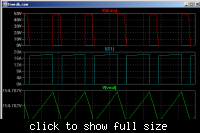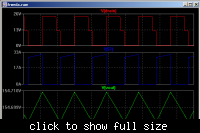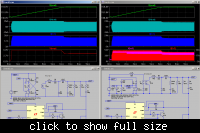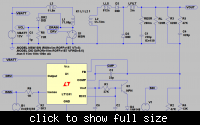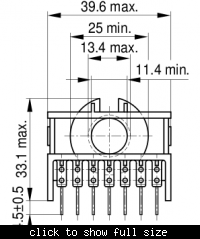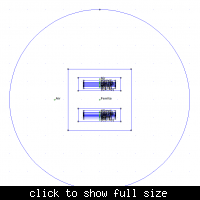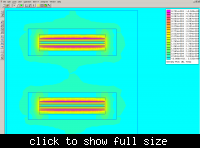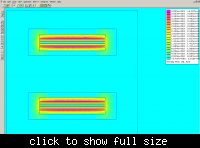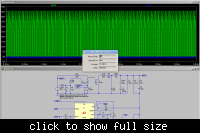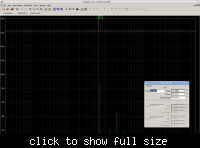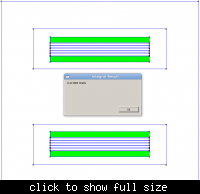- Joined
- Jan 22, 2008
- Messages
- 52,473
- Helped
- 14,756
- Reputation
- 29,794
- Reaction score
- 14,119
- Trophy points
- 1,393
- Location
- Bochum, Germany
- Activity points
- 298,322
Right.The correct switching method for a 2-switch forward converter is simultaneous switching.
The obvious disadvantage of the 2-switch topology is doubled voltage drop and the need for a floating gate drive. But you shouldn't ignore the respective transformer simplification. I also would prefer push-pull operation, however.Rather than using a two-switch forward, if you wish to go down that route, you may be better off doing a single switch forward converter..
The higher input peak current is probably the most serious argument. But consequently, you won't run the sine modulation on the primary, but use secondary PWM from a DC bus with storage capacitors.
Finally, I won't dwart your suggested concepts, just answer a few questions.

